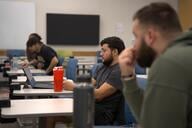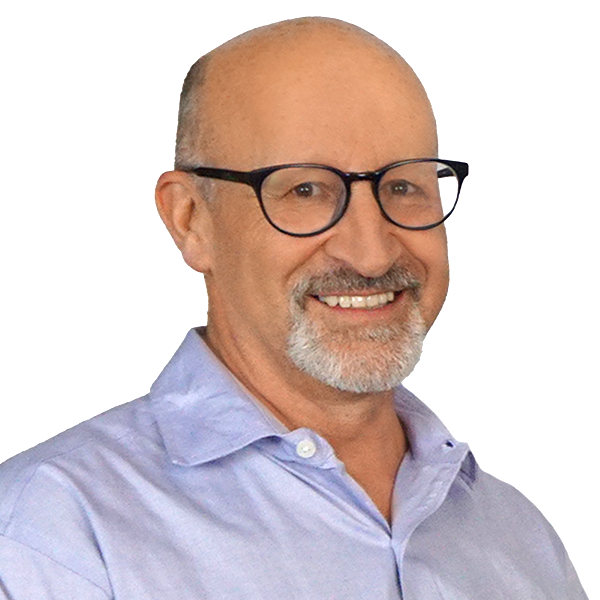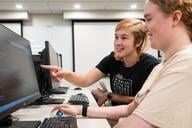You have /5 articles left.
Sign up for a free account or log in.
Some of the public agitation currently sweeping state legislatures and public policy circles over remedial education is driven by the impression that more and more underprepared students are pouring into higher education, and then lingering too long in unsuccessful remedial programs.
New data from the U.S. Education Department raise some doubt about the first of those two hypotheses.
A study released Thursday by the National Center for Education Statistics, "First-Year Undergraduate Remedial Coursetaking: 1999-2000, 2003-04, and 2007-08," shows that the proportion of first-year undergraduate students reporting that they took remedial courses rose slightly from 2003-4 to 2007-8, to 20 percent from 19 percent.
But the 2007-8 figure was significantly lower than the 26 percent reported by first-year students in 1999-2000, a pattern that holds for many different types of institutions and students, as seen in the tables below.
The report notes that the validity of the figures are limited by the fact that the data are self-reported by students rather than drawn from transcripts, which make them neither "certain nor conclusive." But, those limitations aside, they "provide evidence that the rate of remedial coursetaking may have dropped since 1999-2000," it states.
The proportion of students in development courses declined from 1999-2000 to 2007-8 for every type of institution and student trait, with the biggest drops seen for for-profit and public two-year institutions, students in certificate programs, Asian/Pacific Islander and Hispanic students, and students in their mid-20s and older.
Percent of 1st-Year Undergraduates Reporting Remedial Coursetaking, by Institution Type
| Institution Type | 1999-2000 | 2003-4 | 2007-8 |
| All institutions | 26.3% | 19.3% | 20.4% |
| Public 4-year | 25.0 | 18.2 | 21.0 |
| Public 2-year | 30.4 | 23.4 | 24.0 |
| Private 4-year | 16.2 | 13.3 | 15.1 |
| For-profit 2-year or more | 16.2 | 11.4 | 11.0 |
| Very selective | 13.3 | 11.7 | 12.8 |
| Moderately selective | 22.0 | 17.0 | 18.8 |
| Open admissions | 37.1 | 19.2 | 25.6 |
Percent of Public College Undergrads Reporting Remedial Coursetaking
| Student Characteristic | 1999-2000 | 2003-4 | 2007-8 |
| All | 28.8% | 22.1% | 23.3% |
| Type of Degree Program | |||
| Certificate | 23.7 | 20.6 | 15.2 |
| Associate | 32.1 | 24.5 | 26.2 |
| Bachelor's | 24.4 | 18.1 | 20.1 |
| Race | |||
| White | 24.3 | 19.7 | 19.9 |
| Black | 37.7 | 27.4 | 30.2 |
| Hispanic | 37.8 | 26.8 | 29.0 |
| Asian/Pacific Islander | 34.9 | 20.1 | 22.5 |
| Other | 34.4 | 24.0 | 27.5 |
| Age | |||
| 18 or younger | 24.4 | 23.1 | 23.7 |
| 19-23 | 31.9 | 22.6 | 23.8 |
| 24-29 | 34.7 | 20.1 | 22.0 |
| 30-39 | 29.5 | 17.5 | 20.3 |
| 40 or older | 24.9 | 20.6 | 18.4 |
| Parents' education | |||
| High school/equivalent | 29.6 | 24.6 | 24.7 |
| Some postsecondary | 26.8 | 22.2 | 23.8 |
| Bachelor's or higher | 27.5 | 19.0 | 20.4 |





